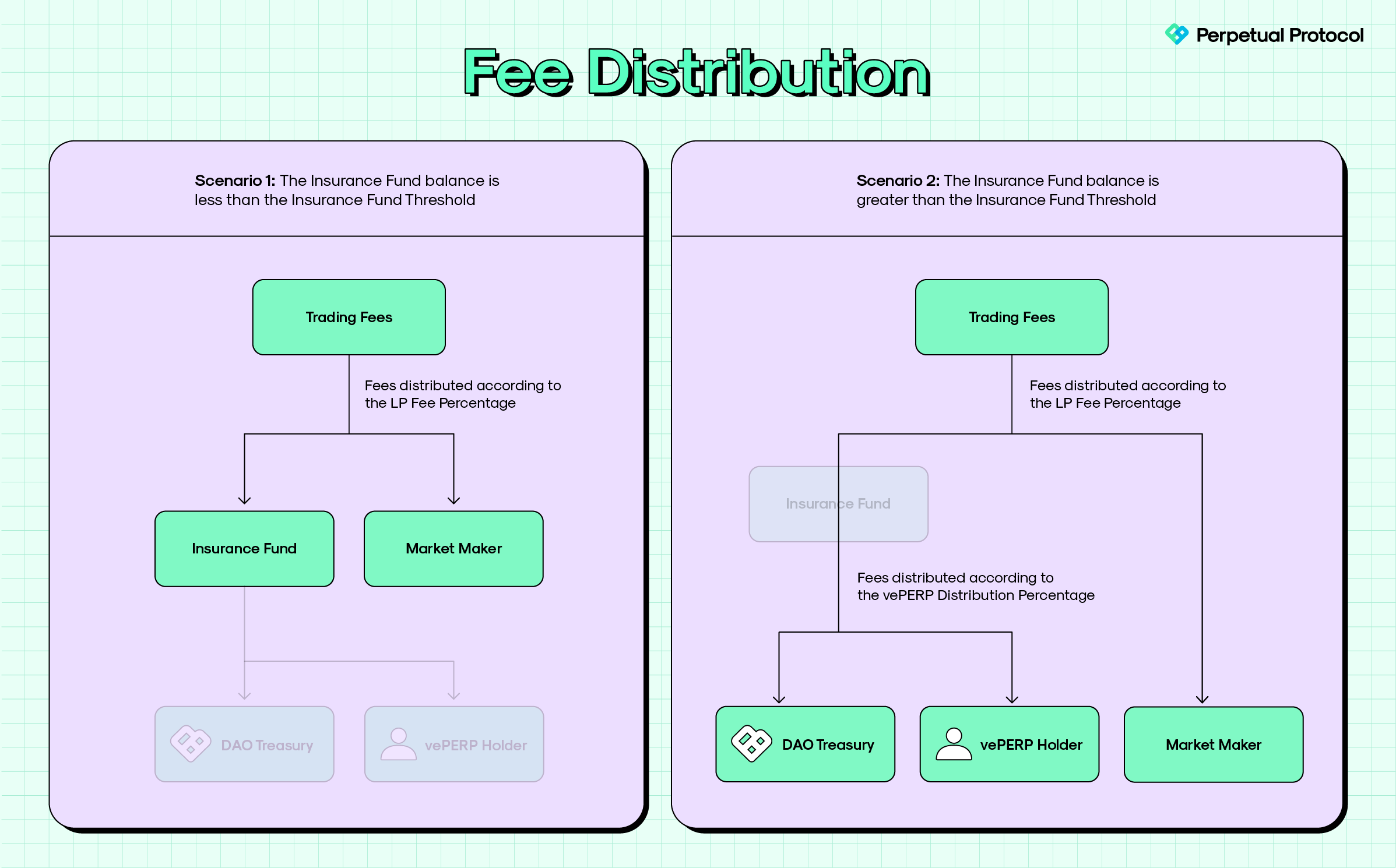
PERP holders voted overwhelmingly in favor of the v2 tokenomics proposal in April, which suggested the introduction of a vote-escrow model and an update to the growth programs to synergise with the vePERP model. To learn about our plans for vePERP, read on!
What is vePERP?
vePERP, or ve-tokens in general, is a model to create a long-term alignment between governance participants and the success of the system.
Successful growth of a system may depend on offering incentives to its participants, either through utilities (products) or credits (interest, power, etc.). We want to maximize efficiency by providing incentives along the line of risk and rewards. Now let’s have a look at common approaches to token lockup models in the DeFi ecosystem.
First Generation: Single-term Locking
Locking a token with a predetermined cooldown period provides a rudimentary model to quantify commitment so we can use it to evaluate a participant’s reward share.
Risk and Reward Mismatch
One locked token with an hour cooldown certainly has a different value versus one locked token with a two-week cooldown, and they should qualify for different levels of rewards.
Furthermore, most earlier projects implement only one cooldown duration that is usually no more than a month. Longer commitments are not recognized and do not benefit from this model.
Second Generation: Multi-term Locking
Ve-tokenomics can be seen as a generalization of the first generation approach. Users can customize unlock durations within a wide range (e.g., 1 week ~ 4 years) and their commitments are quantified proportionally. vePERP, like other ve-token implementations, uses a simple linearly increasing line to model the participant’s commitment.
The second generation offers a much more flexible approximation to the underlying incentive structures, and it seems to have won the confidence votes across the DeFi ecosystem through its adoption.
Unweighted vs Weighted Models
Note it is an approximation, not a reflection. Incentives are not visible, tangible nor even stable, so it might need to be adopted based on the applications and their audiences.
Frax modified Curve’s ve-token design and added the concept of weighted power, which allows both liquidity providers (LPs), regardless of whether they have locked veFXS or not, to compete on a level playing field.
In addition to locking PERP into vePERP, there are many other sources of commitments, for example:
- simply holding liquid tokens,
- market making with the token.
Different participants have different incentives and various levels of commitment. While the unweighted model provides a useful approximation for its own right, the weighted model extends the potential use cases further and allows us to integrate with the commitments mentioned above seamlessly.
vePERP Use Cases
Our goal is to minimize the misuse of the token and incentivize long-term participation. In addition, we aim to be flexible and fit more not-yet imaginable use cases down the road.
Currently, the vePERP use cases we envision for the near future are:
-
Referral Program: Instead of using sPERP, which offers only one term; the participant will soon be able to use vePERP and customize their terms between locking more tokens over a short duration, or locking less tokens over a longer duration to reach the desired tier/rewards.
-
Liquidity Mining: Liquidity mining rewards are to be boosted based on vePERP, which means locking vePERP is not mandatory. LPs with longer commitment to the protocol’s success will be rewarded with a greater share of rewards.
-
USDC Fee Distribution: Fee distribution is adjusted by the unweighted vePERP, which means the participant must demonstrate meaningful commitment in order to receive a sizable share of the trading fees generated on Perp v2.

Shifting to vePERP
The vePERP contract adopted Curve’s voting escrow (veCRV) model. Users can lock PERP and receive vePERP, which is not transferable. Stakers can decide the lock time from 1 week to a maximum of 52 weeks. For more details on how we designed our contract, please check out our latest governance forum post here.
As the first step in overhauling PERP’s tokenomics, we will begin with changing the referral rewards distribution approach. Instead of payouts in PERP, we will begin to distribute the weekly rewards in vePERP as of Monday, August 8th.
Referral tiers continue to depend on staked PERP for the time being, but at a later date will depend on the vePERP balance held. More details about these changes to the referral program will be covered in an upcoming post.
A New Chapter for PERP Begins!
By introducing our new tokenomic model for vePERP, it is the start of something very promising that will support the long-term growth of our ecosystem. By assisting Perpetual Protocol to reach its true potential and massively improving the value proposition of PERP, the tokenomics revamp opens a new and exciting chapter for all of our stakeholders.
If you have any questions about vePERP, please reach out to us on Discord!